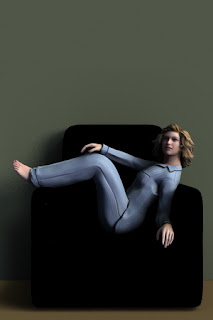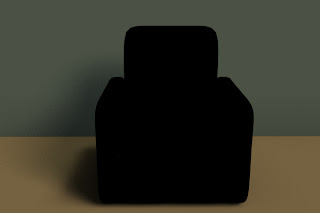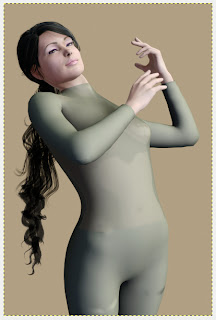\
Art Nouveau Icon and some essential scripts
This door way has been an art nouveau icon for a long time. I can remember photos from my childhood and its will show up on almost any art nouveau web search, guaranteed for art nouveau door. What a thrill it was when it turned up as this month's freebie for Platinum Club Members at DAZ 3D. It includes a very good interior as well. For non-members its $7.00, so give some serious thought to joining up as a PC member.
There are so many outstanding props, clothes, and hair for $1.99 for PC members that it has been a bargain for me.
This model is by Jack Tomalin, one of the great masters, who generously prices many items for PC members at $1.99. His models are the apogee of quality and versatility.
Although, I've only had this prop a couple of days. I have been inspired to make several renders
<< covers 1 -3 >>

'
Since this item isn't exactly free for everyone, let's look at a few items that are. Scripts and coding add ons that allow programs to add new features, or package existing features in a more easy to use way. Here are three that I find essential.
AMR's render settings. There are a few freebies and pay products that package render settings in set of single buttons. This script has a very useful range, that has severed me well. Render settings was one of the first things I learned and adjusting settings to fit current needs can take a while. Often, I would forget one and not get the speed or quality I wanted. This script has excellent choices and is very well organized. Quick easy render settings and many fewer mistakes.
AMR's script is available at
Render Settings Script
Quality levels
Also includes a range of sizes and additional settings, that are not as useful for me, but might be a gold mine for others.
The screen shot above also shows a method to add script items to a menu. Right clicking on a scripts icon will bring up a menu. The choice Create Custom Action will add the selected script to the Scripts menu at the top of the DAZ Studio screen.
m Casual Jacques
mjCasual (screen name) has donated many scripts to the 3D Art community. Here are a couple that I especially like.
Deluxe look at camera
download and manual :
https://sites.google.com/site/mcasualsdazscripts2/mcjlookatthecamera
Introduction
This script for Daz Studio will take care of posing the head, and optionally, the neck, chest, abdomen and hip, so that the face faces the current camera.
This script was suggested by Daz Forums member Tugpsx
Use
Select a figures head.
launch the script
it looks like this
select the play range to be processed.
Select the bones (other than the head ) that participate in the twisting of the body required to bring the face to face the camera.
click on the Do it button
The results are remarkable in animations, but also quite useful in still posing as well.
Jump to another location
The direct link to this page didn't work, so the best way to get this one is to use this link to m Casual Jacques home page and scroll down until you see mcjJump
mcj Home
This script is very handy for moving a object to the location of another.
Select two items in the scene tab and then double click on the mcjJump script (or menu it has been added to the script menu ) There will be a dialog with the two items. Choose one, the other item will be the one moved.






























































0 comments: